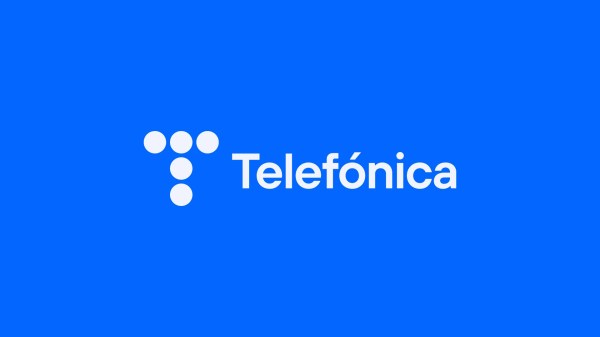Disability in the Workplace Guide: A Cross-Cutting Perspective
Telefónica presents the "Disability in the Workplace guide", which underscores our commitment to fostering an inclusive and diverse workplace environment, where every individual, regardless of their abilities, is valued and respected.

We believe that diversity and inclusion are not just ethical imperatives but also key drivers of cross-cutting business success.
The Disability in the Workplace Guide Guide offers practical advice for interacting with people with disabilities. It includes care guidelines tailored to different disability profiles. Our aim is to break down the barriers and inequalities associated with labels, and instead, celebrate the unique skills, abilities, and perspectives that each individual brings to our organisation. We are committed to developing an organizational culture that values equity, plurality, and inclusion. This commitment helps us attract the best talent and make optimal decisions for our business and stakeholders.
The digital revolution should generate new opportunities for everyone, including people with disabilities. As part of this belief, we have launched the “Telefónica Accesible” project,aiming to make accsibility a cross-cutting element of the business. This cross-cutting strategy is articulated in four main dimensions: people, facilities, processes, and products and services. Incorporating accessibility criteria into our processes promotes the development of professionals with disabilities. It also leverages their unique abilities, skills, and experiences
With this guide, we aim to promote empathy and eliminate unconscious biases and prejudices. We also value the talent that people with disabilities bring as an opportunity.
The document addresses common concerns among employees who are not used to working with people with disabilities, providing practical advice and guidelines. It also offers basic concepts and keys to interacting with people with disabilities.
It emphasises that just because someone has a disability, we should not assume that they need help. If the environment is accessible, people with disabilities can usually function independently. It is important to offer help only if the person really needs it and to ask beforehand how we can be of service to them. The guide encourages speaking directly to the person, not to the person’s companion, assistant, or sign language interpreter. It also advises avoiding prejudices about what people with disabilities can and cannot do and to always emphasise people’s abilities and not their perceived limitations.
Cross-cutting care guidelines: the different disability profiles
The guide also offers specific guidelines for interacting with people with different types of disabilities. This includes guidelines for engaging with individuals who have sensory impairments like blindness or deafness, as well as those with communication challenges. It also offers advice for interacting with people who have specific needs, such as those who are deafblind or require circumstantial support. Finally, it indicates how to interact with deaf people or individuals who may need help in specific circumstances or who have mental or intellectual disabilities, as well as mobility problems.
The document provides specific advice for each of these groups, emphasizing the need for personalized interaction. It cautions against making assumptions based on an individual’s disability.
Managing diversity from a cross-cutting perspective of inclusion and integration will help break down the inequalities associated with labels. Read more of our Disability in the Workplace Guide in the link below:
Related Content
Communication
Contact our communication department or requests additional material.



